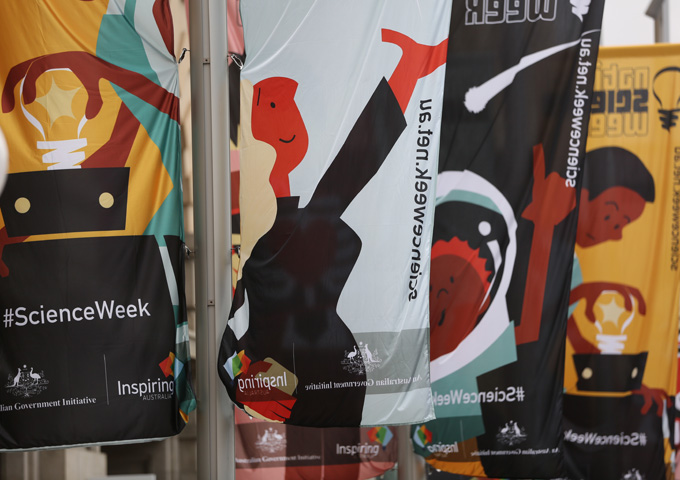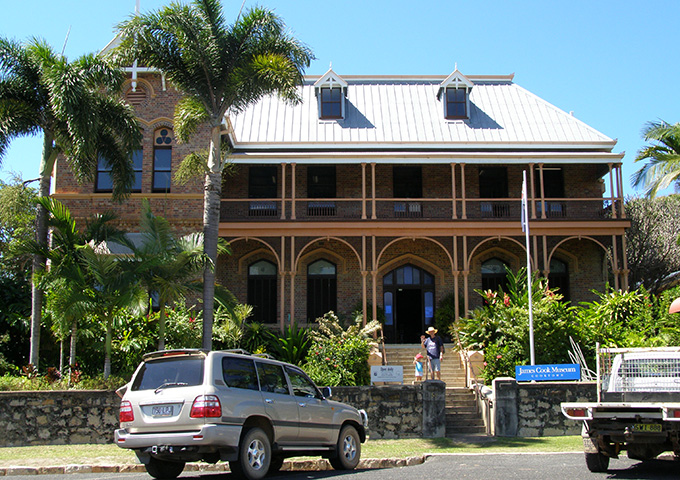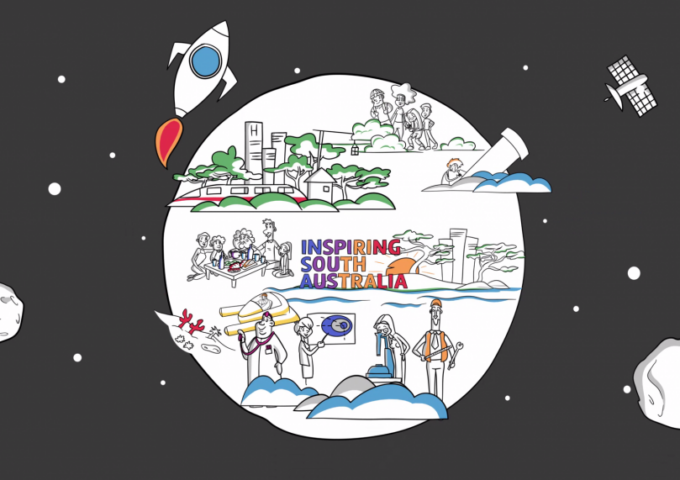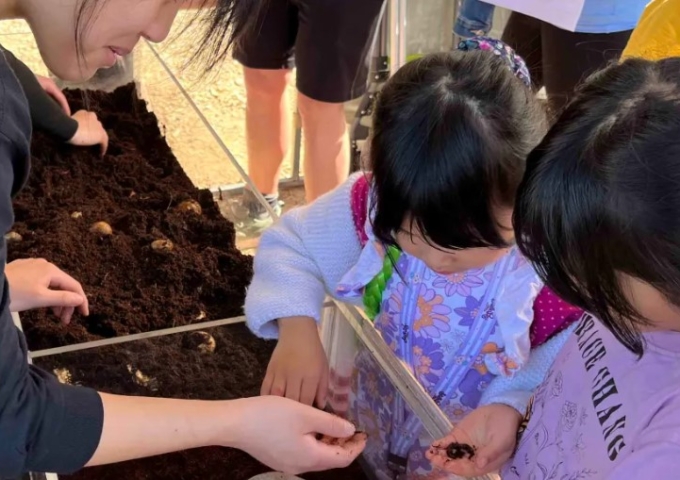
 Every August I look forward to the buzz surrounding National Science Week, and if you are reading this you must be someone who gets excited by science too!
Every August I look forward to the buzz surrounding National Science Week, and if you are reading this you must be someone who gets excited by science too!
August is also exciting for us here at Australia Zoo for another reason, as it is the month that various members of the Zoo crew head up to the Steve Irwin Wildlife Reserve in far north Queensland to get their croc on! We are part of a team conducting the latest research into our favourite reptile, the Estuarine Crocodile, otherwise known as the Saltwater Crocodile… but since we’re celebrating National Science Week, let’s call them Crocodylus porosus.
Steve Irwin’s crocodile catching expertise was honed in the 1980s, helping Queensland Parks and Wildlife to locate and capture crocodiles that might have posed a safety risk to the human residents of croc country. Once captured, these crocodiles were relocated to other river systems or to Steve’s parents’ Queensland Reptile and Fauna Park in Beerwah, Queensland.
As the years passed the Queensland Reptile and Fauna Park became Australia Zoo, and we had formed a close relationship with like-minded scientists from the University of Queensland. Now our annual trips to north yield some fascinating insights into one of our favourite reptiles, adding to the wealth of knowledge called science.
Incredible underwater abilities
One of the first things we discovered was just how long crocodiles could stay underwater. We already knew that crocodiles could stay submerged for long periods of time. We had seen any number of crocodiles who, upon arrival to their new home at the Zoo, would disappear under the water in their ponds and not be seen for weeks.
Crocodiles are so well adapted to not being seen it was tough for us to know when and where they would pop their nasal disc above the surface to refresh their supply of oxygen, but we knew they must do it. So it came more as an “I knew it!” kind of moment when the data showed us that crocodiles could stay submerged for up to three hours.
Of course, how crocodiles can dive for such long periods of time is another question.
Still more impressive
The data collected from wild crocodiles hasn’t just measured crocs’ vertical position within the water through time (which gave us the dive data).
Using satellite technology it was possible to map how the crocodiles used the two dimensions that you and I are more familiar with as well. This data showed us that, in addition to moving up and down river systems, crocodiles swam out into the open ocean, and from there, even into other river systems. Most significantly it showed that animals which had been relocated to other river systems had no problem finding their way back to the system where they were originally caught. There was even one crocodile, captured in a river on the western side of Cape York, which, after being transported overland to the eastern side, took a 350km trip out to sea (around Cape York), back to his original river system! This information meant a massive rethink of how populations of wild crocodiles and people could coexist.
Of course, how crocodiles achieve these homing feats is yet another question.
Taking it easy
With the data recording techniques pioneered by the University of Queensland and our crocodile catching skills, we’ve been able to continually build on our knowledge of the movements of wild crocodiles. The data from more recent trips has given us an insight as to how crocodiles move around their environment.
Dive data have shown us that when the surface current of a river is going the opposite direction to that which the crocodile wants to go, the croc will either clamber onto the river bank, or sink to the bottom of the river, holding onto the substrate. And when the direction of the current is going the same direction the crocodile wants to travel it will float along, letting the water do most of the work!
The crocs aren’t in a rush. Given that they can live for over 100 years and can go months at a time without food, crocs have all the time in the world. There is even data to suggest that they use the same technique out at sea. What an incredible animal.
Of course, how crocodiles know whether the current will take them where they want to go is another question.
Today
As I write this, most of our croc boys have headed north again, to catch up with UQ’s field scientists at the Steve Irwin Wildlife Reserve to affix new data loggers and tracking devices to more crocodiles. I wonder what will be discovered this year. We sure aren’t short of questions.
Guest post by Nick Bell, Australia Zoo Education Coordinator.






